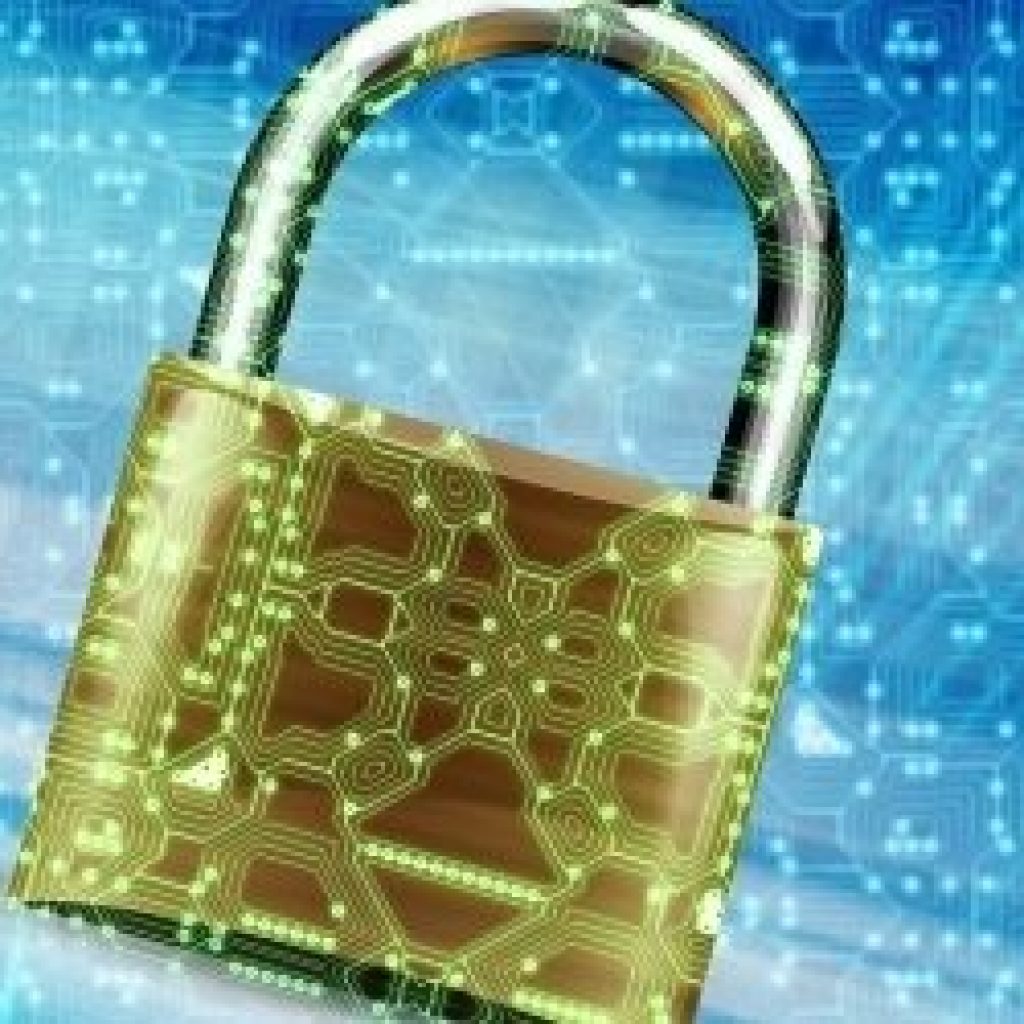(InfoSecurity) John Prisco, CEO of QuantumXchange has authored another excellent must-read feature in which he lists the myths about quantum cryptography and explains why each myth is erroneous. These are summarized briefly below; the full article can be accessed by clicking on the InfoSecurity URL.
Despite its promise for ultra-secure transmissions of sensitive information, there are a number of misconceptions about QKD. Given that QKD offers protection today for the quantum threats that are around the corner, addressing the myths of QKD is essential for ensuring that our encrypted data stays secret and out of the hands of hackers and foreign governments.
Myth #1: It only works for short distances:
New technologies have eliminated those distance limitations: The University of Geneva and Corning Inc. collaborated to develop a system that can carry a photon more than 300 km or 186 miles.
Myth #2: It will slow down data transfer:
Quantum key distribution solves this problem by separating the encryption keys from the message content: it creates two separate data flows and uses a single key to decode many messages, which means it has no effect whatsoever on the speed of the data transfer. In fact, Toshiba and the University of Cambridge have demonstrated the ability to exchange secure keys at 1 Mbit per second over 20 km of optical fiber.
Myth #3: The quantum threat is far off:
China is stealing and stockpiling sensitive data from U.S. databases. Even if the data is encrypted, the minute China has quantum computing capable of cracking the encryption all the secrets will be spilled.Recent announcements show that we are nearer to quantum computing than we previously thought. Given how heated the race to develop Quantum Computing is; the estimate of 5-10 years is looking increasingly conservative.
Myth #4: It’s theoretical:
QKD isn’t science fiction; it’s here today and already being deployed, with projects in China, Canada, Austria, South Korea, the UK, Switzerland and the U.S. China likely leads the way in QKD development, with a number of projects.
Myth #5: Fiber is hard to come by and too expensive:
There are technologies, such as Phio TX, that support QKD without the need for dedicated fiber. QKD requires a fiber link between two QKD boxes to generate the unique photon-based keys but they can be sitting right next to each other. Once the key is generated it can be transmitted over any transport (WAN, fiber, copper, wireless, free-space optical) to its destination.
Conclusion:
When it comes to ensuring data security in the quantum era, an ounce of prevention is worth a pound of cure — and notwithstanding the above misconceptions, QKD is a more affordable and practical solution than ever before.
Debunking Myths About Quantum Cryptography
